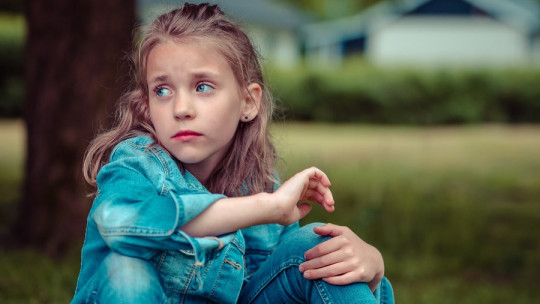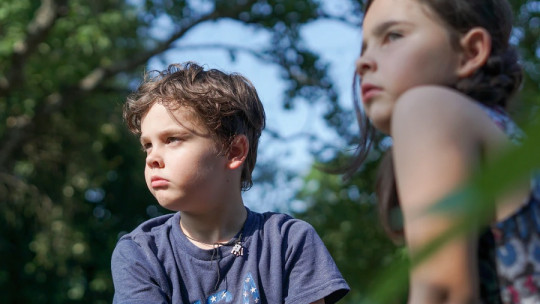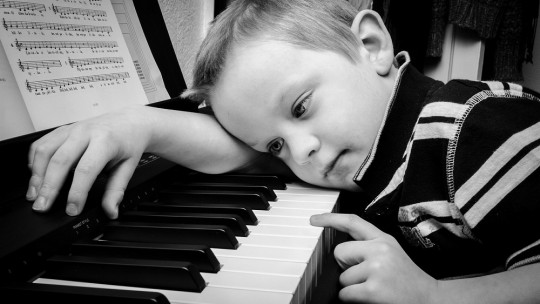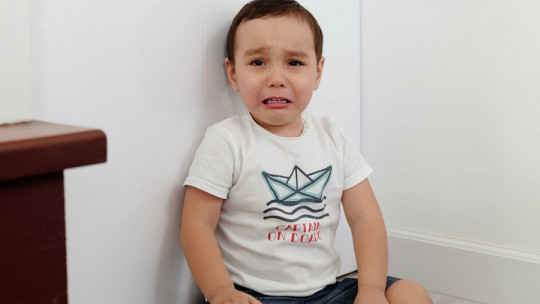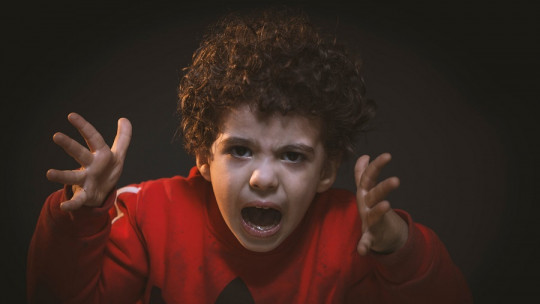
There are stages of life that can be especially complicated, both for children and parents. We talk especially about childhood and adolescence. What can we do if our child is always angry?
In this article you will find a series of guidelines to analyze this behavior and to find effective solutions that improve both your well-being and that of the youngest members of the house.
“My son is always angry”: a common problem
First of all, we must try to carefully analyze what exactly is happening to our child (not so much the cause, which we will see later, but rather the behavior itself).
Are you really angry? Many times, behind anger or a tantrum there is some other type of feeling or emotion hidden It may be that behind the anger there is really only sadness, feelings of guilt, or even depression.
In these cases, the underlying problem must be treated first, since it will facilitate a subsequent approach to the most observable behavior (in this case, anger), that is, the behavior that our child manifests. Going to a professional who can guide us can also help us.
On the other hand, in addition to understanding what behavior our child is showing (we repeat, whether it is really angry or not), it is also important Carefully analyze the antecedents and consequences of your behavior
Why happens? Behavior analysis
Many people don’t get past the stage of thinking, “My child is always angry.” But it is important to go further, we must ask ourselves: what precedes his anger? Are they always the same situations/stimuli? Or on the contrary, do these change? Could it be that apparently “nothing happens”?
On the other hand, it will be essential to analyze in detail what manifestations our child shows (crying, rage, nervousness, behavioral disorders, anger, etc.), as well as the frequency in which these behaviors or states appear.
Finally, we must also look at the consequences that appear when our child gets angry: that is, Do we pay attention to it? What type of care? Is there punishment? Or is there understanding and empathy on the part of the environment?
Vicious circles
It is important to pay attention to this because it may happen that you are entering a vicious circle, when, for example, the child shows “unjustified” or poorly managed tantrums and that his environment (for example, parents or school) “reinforces” said behavior by paying attention to it, without causing any change, thus perpetuating the problem and without actually addressing it.
From behavioral psychology, this is understood from the mechanisms of negative reinforcement: it would be, for example, giving our child a lollipop when he wants one and gets angry so that we give it to him, and we do it; That is, we would get rid of that “annoyance” but at the same time we would reinforce that this situation would occur again in the future.
Guidelines for action
Once we have a mental map of these factors that may be influencing and/or perpetuating the situation, We should try to understand why these frequent angry behaviors appear in boys and girls
How do we do it? Here we will briefly look at some guidelines that can help us:
1. Use empathy
Whether our child is a child or a teenager, we must understand that they may be going through a more sensitive time, and that He has his way of feeling, suffering and living things in his own way
It is therefore important that we use empathy to try to put ourselves in their place. How can we do it? Applying active listening: find quiet moments to talk to him and listen to your concerns
It may happen that he does not want to tell us anything or that he simply says that nothing is wrong with him. We will have to be patient and investigate little by little (a good idea is to ask their teacher if they behave the same at school), and ultimately gain their trust so that they feel free to open up if they need help.
2. Apply techniques to reduce impulsivity
In the event that we have detected situations where our child tends to get angry, it is a good idea to apply some techniques that allow him to withdraw from said situation, to prevent you from reacting impulsively Some of them may be:
3. Not paying attention if they are “unjustified” anger
As we mentioned, sometimes (not always), children They learn to get angry to get what they want
This is a dysfunctional response that will end up generating many conflicts; That is why in situations where our child gets angry “for no reason”, or in a “disproportionate” way, it is recommended that we avoid giving him the attention he is looking for, and apply techniques such as extinction (stop reinforcing a behavior that was maintained for booster).
4. Understand
We all, adults and children, go through moments and stages where we are more irascible. Sometimes this is triggered by a particular situation, and other times other types of variables may be influencing it, such as having a bad day, a particularly sensitive time of year, accumulated fatigue, specific stress, etc.
It is because of that we must try to understand these behaviors within certain limits without letting these evolve into persistent and dysfunctional anger.
5. Do things together
Sometimes it is a good time to rethink whether we are spending quality time with our child, and In case these moments of connection and games have been a little neglected, start recovering them
If, for example, we find out that our child is angry precisely because he is actually sad (for example, because he has gotten bad grades at school, or because he has gotten angry with his friends) (obviously this will have to have been investigated), we can Consider dedicating more moments to him in which he can escape from that feeling.
This does not mean that we neglect the cause that originated the behavior; that is to say, We should always look for moments to also address the issue that concerns you
Some examples of activities that can be done together (depending on the age of the child) are: drawing, going to the park, riding a bike, doing crafts, watching movies, reading together, etc.

